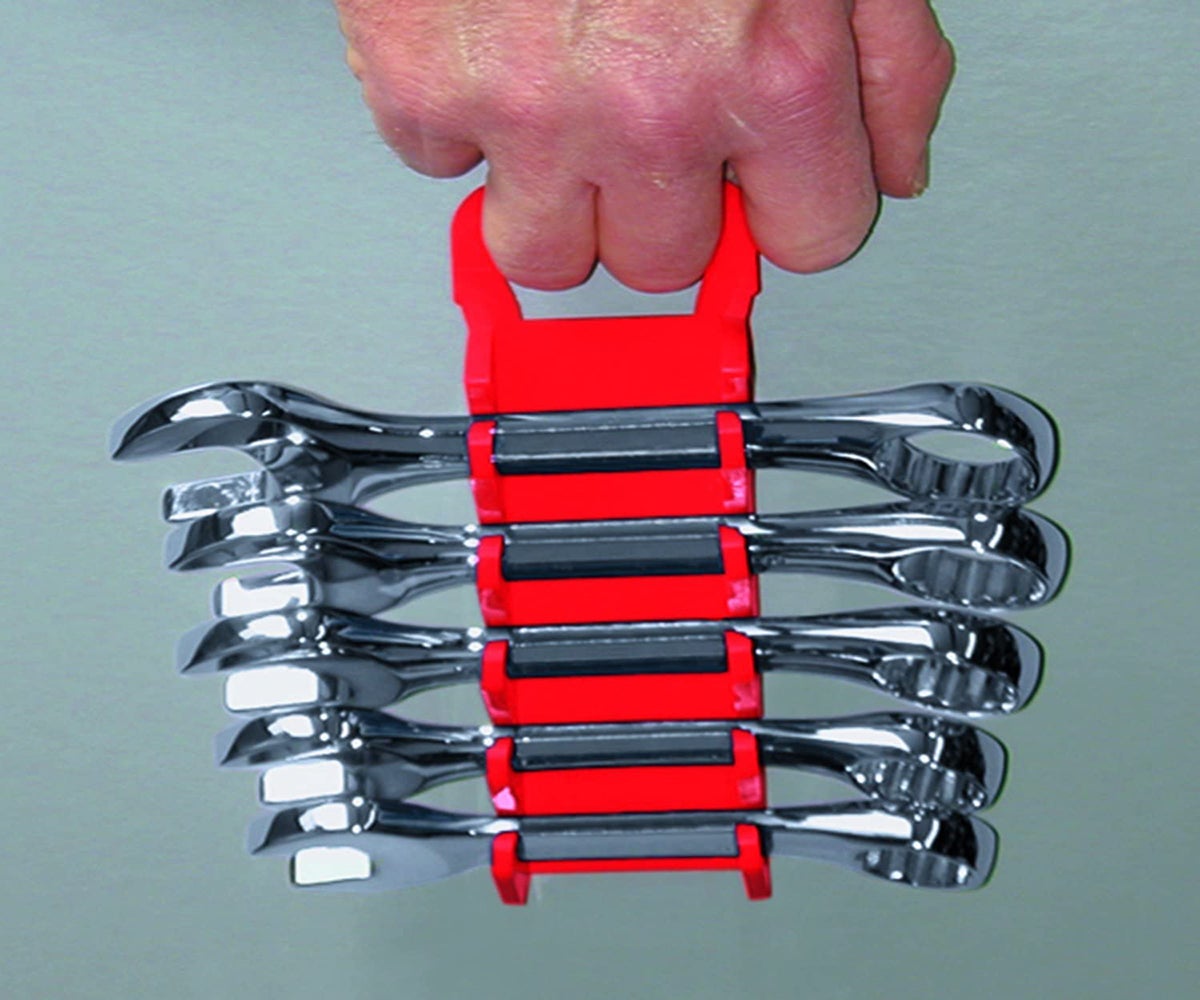

Articles
How To Store Wrenches
Modified: March 2, 2024
Learn the best way to store wrenches with these helpful articles. Keep your tools organized and easily accessible for your next project.
(Many of the links in this article redirect to a specific reviewed product. Your purchase of these products through affiliate links helps to generate commission for Storables.com, at no extra cost. Learn more)
Introduction
When it comes to working with tools, one of the most essential and commonly used tools is the wrench. A reliable and versatile tool, the wrench is crucial for various tasks, from tightening or loosening nuts and bolts to fixing plumbing issues. However, despite its importance, many people often overlook the proper storage of their wrenches.
Proper wrench storage is vital for several reasons. Firstly, it helps protect your wrenches from damage and corrosion, ensuring their longevity and performance. Additionally, well-organized wrench storage allows for easy access and prevents the frustrating experience of rummaging through cluttered toolboxes or drawers when you need a specific wrench.
In this article, we will explore the different types of wrenches, discuss the common problems that arise from improper storage, and provide a step-by-step guide on how to store wrenches properly. So, whether you are a professional handyman or a DIY enthusiast, read on to discover the best practices for keeping your wrenches in top-notch condition.
Key Takeaways:
- Proper wrench storage is crucial for protecting tools from damage, corrosion, and ensuring easy accessibility, ultimately extending their lifespan and saving money in the long run.
- By following a step-by-step guide and maintaining wrenches in storage, you can keep them organized, protected, and in optimal condition, ready for any task that comes your way.
Read more: How To Store A Torque Wrench
Importance of Proper Wrench Storage
Proper storage of wrenches is not just about keeping your workspace organized; it plays a significant role in preserving the condition and functionality of your tools. Here are a few reasons why proper wrench storage is essential:
- Protection from Damage: Wrenches are made of sturdy materials, but they are not indestructible. Storing your wrenches improperly can lead to the tools banging against each other, causing dents, scratches, or even fractures. By providing a dedicated storage solution, such as a tool chest or a wall-mounted rack, you can avoid unnecessary damage to your wrenches.
- Prevention of Corrosion: Exposure to moisture and humidity can cause wrenches to rust and corrode over time. Proper storage minimizes the risk of moisture reaching your tools, particularly if you live in a damp environment or have a workshop near a water source. Consider using a dry, well-ventilated area to store your wrenches or utilizing moisture-absorbing products, such as silica gel packets, to keep your tools dry.
- Easy Accessibility: When you have a neatly organized wrench storage system, you can easily locate the tool you need without wasting time searching through a cluttered toolbox or drawer. This streamlined process not only saves you time but also improves your overall efficiency, allowing you to complete projects more quickly and effectively.
- Longevity of Tools: Tools that are well-maintained and properly stored tend to have a longer lifespan. By extending the life of your wrenches through proper storage, you can save money in the long run, as you won’t need to replace them as frequently. Proper storage also prevents unnecessary wear and tear on your tools, ensuring they function optimally for years to come.
Now that we understand the significance of proper wrench storage, let’s delve into the different types of wrenches that you may encounter in your toolbox.
Types of Wrenches
Before we delve into the best practices for storing wrenches, let’s familiarize ourselves with the various types of wrenches that you may encounter in your toolbox:
- Adjustable Wrench: Also known as a crescent wrench, an adjustable wrench features a movable jaw that can be adjusted to fit different sizes of nuts and bolts. This versatile wrench is a staple in many tool collections and is commonly used for general maintenance tasks.
- Combination Wrench: A combination wrench has an open-end on one side and a box-end on the other. This allows for multiple applications, providing the convenience of an open-end wrench for quick adjustments and the gripping power of a box-end wrench for tighter spaces.
- Socket Wrench: Socket wrenches, also known as ratchet wrenches, utilize detachable sockets of different sizes that fit over nuts and bolts. The ratcheting mechanism allows for continuous rotation without lifting the wrench, making it ideal for fastening or loosening bolts with limited access.
- Torque Wrench: A torque wrench is designed to accurately measure the amount of torque applied to a fastener. These specialized wrenches are commonly used in automotive and industrial applications, ensuring that bolts are tightened to the specified torque for safety and precision.
- Allen Key: Also referred to as a hex key or hex wrench, an Allen key is a hexagonal-shaped tool used to tighten and loosen screws with hexagonal sockets. These compact and portable wrenches are commonly used in furniture assembly and bicycle maintenance.
- Pipe Wrench: Specifically designed for plumbing applications, a pipe wrench has serrated jaws that securely grip pipes and fittings. These wrenches are adjustable and provide a high amount of torque, making them ideal for removing or installing pipe fittings.
Understanding the different types of wrenches will help you determine the best storage solutions for each type. Now that we have covered the basics, let’s explore the common problems that can arise from improper wrench storage.
Common Problems with Improper Wrench Storage
Improper storage of wrenches can lead to several issues that can hinder their performance and longevity. Here are some of the common problems that arise from improper wrench storage:
- Damaged Surfaces: When wrenches are tossed into a toolbox or drawer without proper organization, they can collide with each other, causing dents, scratches, or even chipped surfaces. The constant contact between wrenches can lead to wear and tear, compromising their functionality over time.
- Difficulty in Finding the Right Tool: If your wrenches are not stored in an organized manner, finding the right tool for a specific task becomes challenging. This wastes valuable time and can hinder the progress of your projects. Additionally, when you are in a hurry, you may grab the wrong size or type of wrench, which can result in stripped bolts or improper tightening.
- Rust and Corrosion: Moisture is one of the biggest enemies of wrenches. When stored in a damp or humid environment, or exposed to water, wrenches are prone to rust and corrosion. This can weaken the tool’s structure, affecting its performance and making it more difficult to use.
- Lost or Misplaced Tools: Without proper storage, wrenches can easily get lost or misplaced, especially if you have a cluttered workspace. This not only wastes time searching for the missing tool but can also lead to the unnecessary expense of purchasing a replacement.
- Inefficient Workflow: When your wrenches are not stored properly, it disrupts the flow of your work. You may find yourself constantly rummaging through a disorganized toolbox or drawer, which can be frustrating and disruptive to your productivity. Proper organization allows you to work efficiently, saving time and energy.
Now that we have identified the problems that can arise from improper wrench storage, it’s time to discuss the step-by-step guide on how to store wrenches properly to avoid these issues and ensure the longevity of your tools.
To store wrenches, consider using a pegboard or a wall-mounted rack to keep them organized and easily accessible. This will help prevent them from getting lost or damaged.
Step-by-Step Guide: How to Store Wrenches Properly
Properly storing your wrenches not only keeps them organized but also protects them from damage and maintains their functionality. Follow these step-by-step instructions to store your wrenches properly:
- Sort and categorize: Start by sorting your wrenches based on their type and size. This will help you determine the best storage solution for each wrench.
- Choose a storage method: There are various storage options available, such as tool chests, wall-mounted racks, or drawer dividers. Consider the number of wrenches you have and the available space to decide which storage method works best for you.
- Use a dedicated wrench rack: Invest in a wrench rack that is specifically designed to hold and organize your wrenches. These racks come in different sizes and have slots or compartments to keep each wrench secure and easily accessible.
- Arrange the wrenches: Place each wrench into its designated spot on the rack. Group similar-sized wrenches together to create a more organized and efficient setup. This way, you’ll be able to locate the right wrench quickly when needed.
- Consider wall-mounted options: Wall-mounted racks are a great space-saving option. Install the rack on a wall within reach of your workspace. This not only keeps your wrenches organized but also displays them as a visual reminder of your tools’ availability.
- Label or color-code: If you have a large collection of wrenches, consider labeling or color-coding the rack or individual slots to quickly identify the size or type of wrench you need. This will save you time and prevent mix-ups when working on different projects.
- Keep them clean and dry: Before storing your wrenches, make sure they are clean and dry to prevent rust or corrosion. Wipe them down with a dry cloth and, if necessary, apply a thin layer of rust-preventive oil to protect them in storage.
- Maintain proper storage conditions: Store your wrenches in a dry, well-ventilated area to minimize the risk of moisture exposure. Avoid storing them near water sources or in areas prone to high humidity.
- Regularly inspect and maintain: Periodically check your stored wrenches for any signs of damage, rust, or wear. Replace any damaged or heavily corroded wrenches to maintain the overall functionality of your toolbox.
By following these steps, you can ensure that your wrenches are properly stored, organized, and protected, allowing for seamless access and extending their lifespan.
Next, we’ll share some tips for maintaining your wrenches in storage to keep them in optimal condition.
Read more: How To Store Torque Wrench
Tips for Maintaining Wrenches in Storage
Maintaining your wrenches while they are in storage is crucial for ensuring their long-term performance and durability. Here are some helpful tips for maintaining your wrenches:
- Clean and dry before storage: Before placing your wrenches in storage, make sure they are clean and dry. Removing any dirt, grease, or debris will prevent them from accumulating and causing damage over time. Use a degreaser and a cloth to clean the wrenches and ensure they are completely dry before storing.
- Oil for protection: Applying a thin coat of rust-preventive oil on the metal surfaces of your wrenches can provide an extra layer of protection against corrosion during storage. Make sure to wipe off any excess oil before placing them in storage to avoid attracting dust and debris.
- Avoid extreme temperatures: Extreme temperature fluctuations can affect the integrity of your wrenches. Avoid storing them in areas that are exposed to direct sunlight, excessive heat, or extreme cold. Opt for a storage spot with a controlled environment to ensure the longevity of your tools.
- Regularly inspect for damage: Periodically inspect your stored wrenches for any signs of damage, such as chips, cracks, or excessive wear. If you notice any issues, replace or repair the affected wrenches before using them to prevent further damage or accidents.
- Organize and secure: Keep your wrenches organized and secure in your chosen storage method. Avoid tossing them haphazardly or leaving them loose in a drawer, as this increases the risk of damage and misplacement.
- Avoid overcrowding: Ensure that your wrenches have enough space in your chosen storage solution. Overcrowding can cause them to rub against each other, leading to scratches or dents. If necessary, consider expanding your storage or investing in additional racks or organizers.
- Regularly rotate stored wrenches: If you have a large collection of wrenches, it’s a good practice to rotate them periodically. This helps evenly distribute the usage among your tools and prevents some wrenches from becoming neglected or neglected tool.
Conclusion
Properly storing your wrenches is essential for maintaining their functionality, protecting them from damage, and ensuring their longevity. In this article, we discussed the importance of proper wrench storage and explored the different types of wrenches commonly found in tool collections.
We also highlighted the common problems that arise from improper wrench storage, such as damaged surfaces, difficulty in finding the right tool, rust and corrosion, lost or misplaced tools, and an inefficient workflow.
To help you store your wrenches properly, we provided a step-by-step guide that includes sorting and categorizing your wrenches, choosing a suitable storage method, using dedicated wrench racks, arranging the wrenches, considering wall-mounted options, labeling or color-coding, keeping them clean and dry, maintaining proper storage conditions, and regularly inspecting and maintaining the tools.
Following these guidelines will not only keep your wrenches organized and easily accessible but also extend their lifespan and maximize their performance.
Remember, maintaining your wrenches while they are in storage is crucial. Clean them before storage, apply a rust-preventive oil for protection, avoid extreme temperatures, regularly inspect for damage, and keep them organized and secure.
By incorporating these practices into your tool storage routine, you can ensure that your wrenches remain in optimal condition, ready to tackle any task that comes your way.
So take the time to implement these storage techniques and maintain your wrenches properly. Your future self will thank you when you have well-organized and reliable tools at your disposal.
Frequently Asked Questions about How To Store Wrenches
What are the best ways to prevent rust on wrenches?To prevent rust on wrenches, it’s important to keep them clean and dry after use. You can also apply a light coat of oil to the wrenches to create a barrier against moisture and prevent rust from forming.Can I store wrenches in a toolbox?Yes, you can store wrenches in a toolbox, but it’s important to keep them organized to prevent them from getting damaged or causing injury when reaching for them. Consider using a tool organizer or foam cutouts to keep wrenches in place.How should I clean wrenches before storing them?Before storing wrenches, it’s a good idea to clean them with a degreaser to remove any built-up dirt and grime. Once clean, make sure to thoroughly dry the wrenches to prevent any moisture from causing rust.What is the best way to organize wrenches for easy access?One of the best ways to organize wrenches for easy access is to use a tool roll or a wall-mounted pegboard. This allows you to see all your wrenches at a glance and easily grab the one you need without rummaging through a cluttered toolbox.Can I hang wrenches on a pegboard for storage?Yes, hanging wrenches on a pegboard is a great way to keep them organized and easily accessible. You can use hooks or specially designed wrench holders to keep them in place and prevent them from getting tangled with other tools.
Was this page helpful?
At Storables.com, we guarantee accurate and reliable information. Our content, validated by Expert Board Contributors, is crafted following stringent Editorial Policies. We're committed to providing you with well-researched, expert-backed insights for all your informational needs.
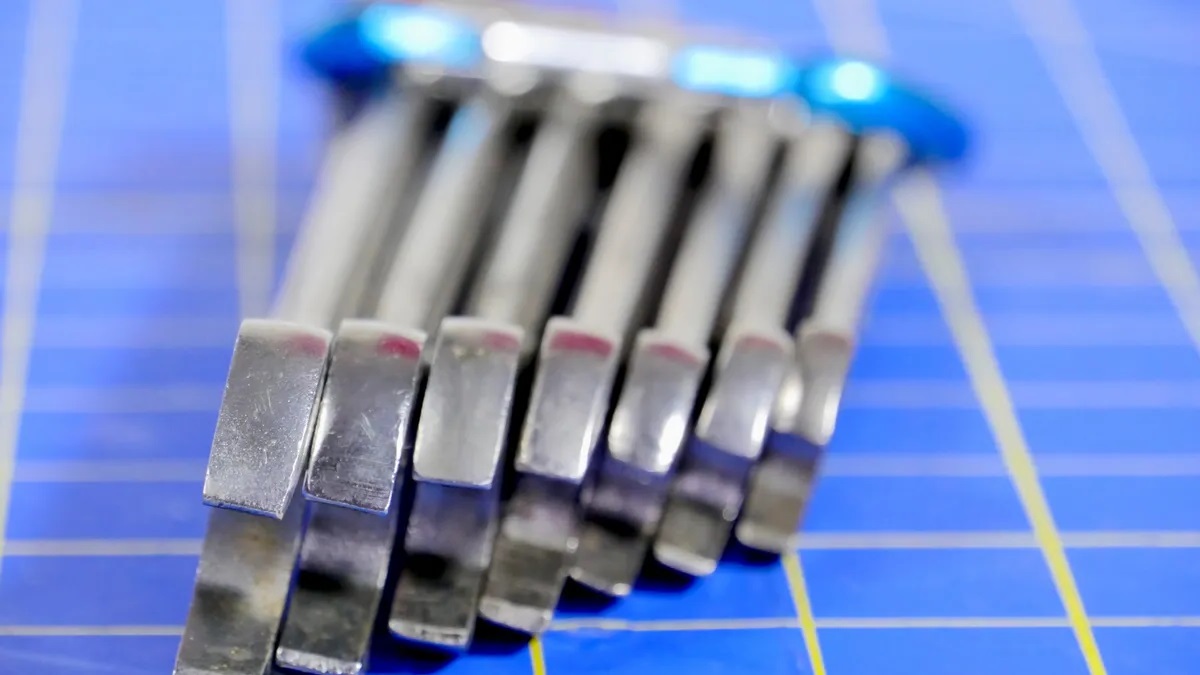
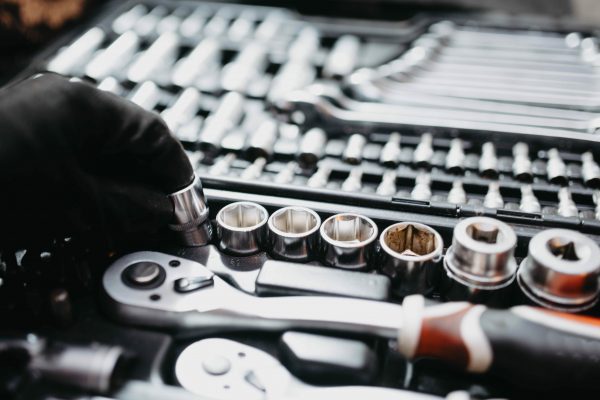
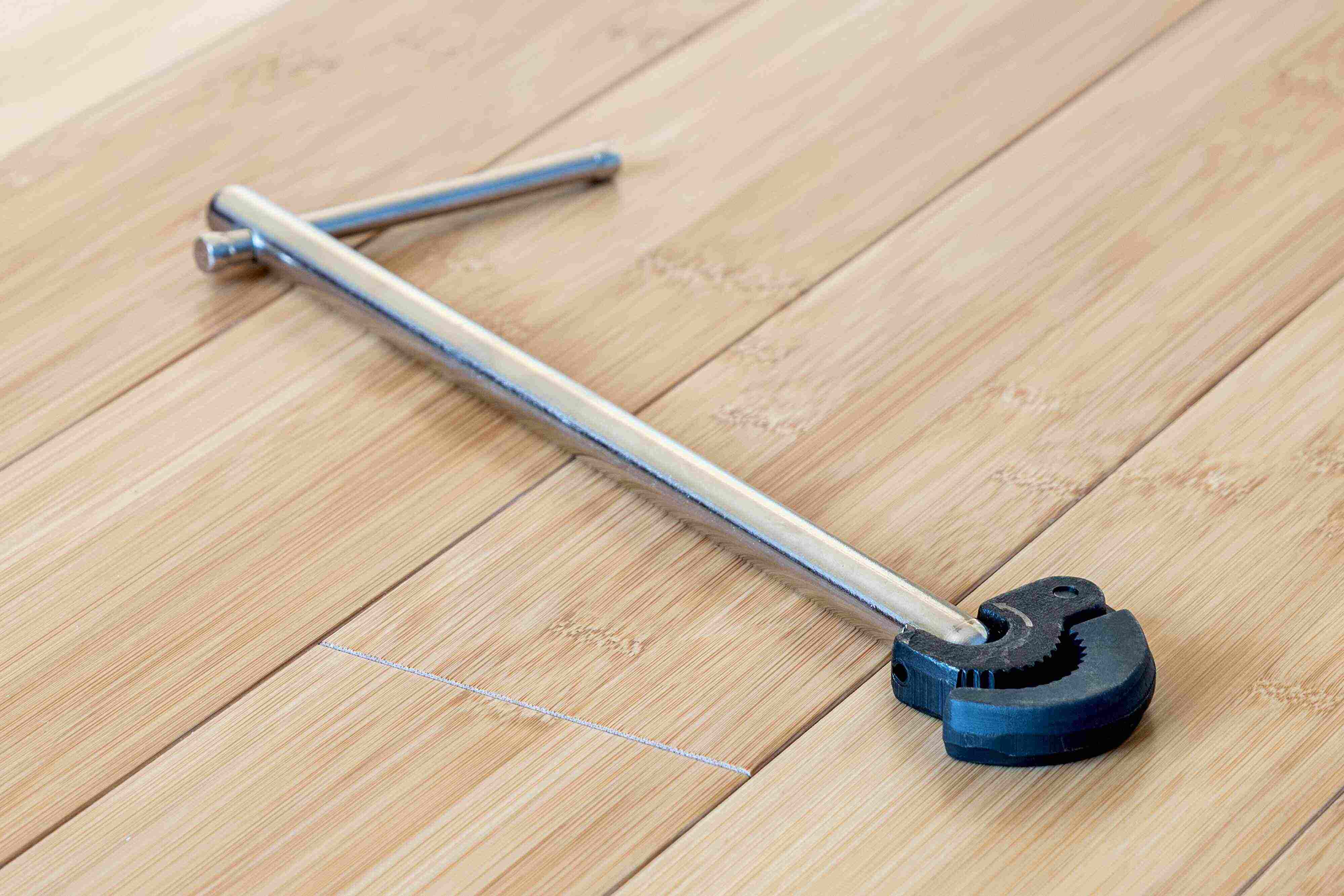
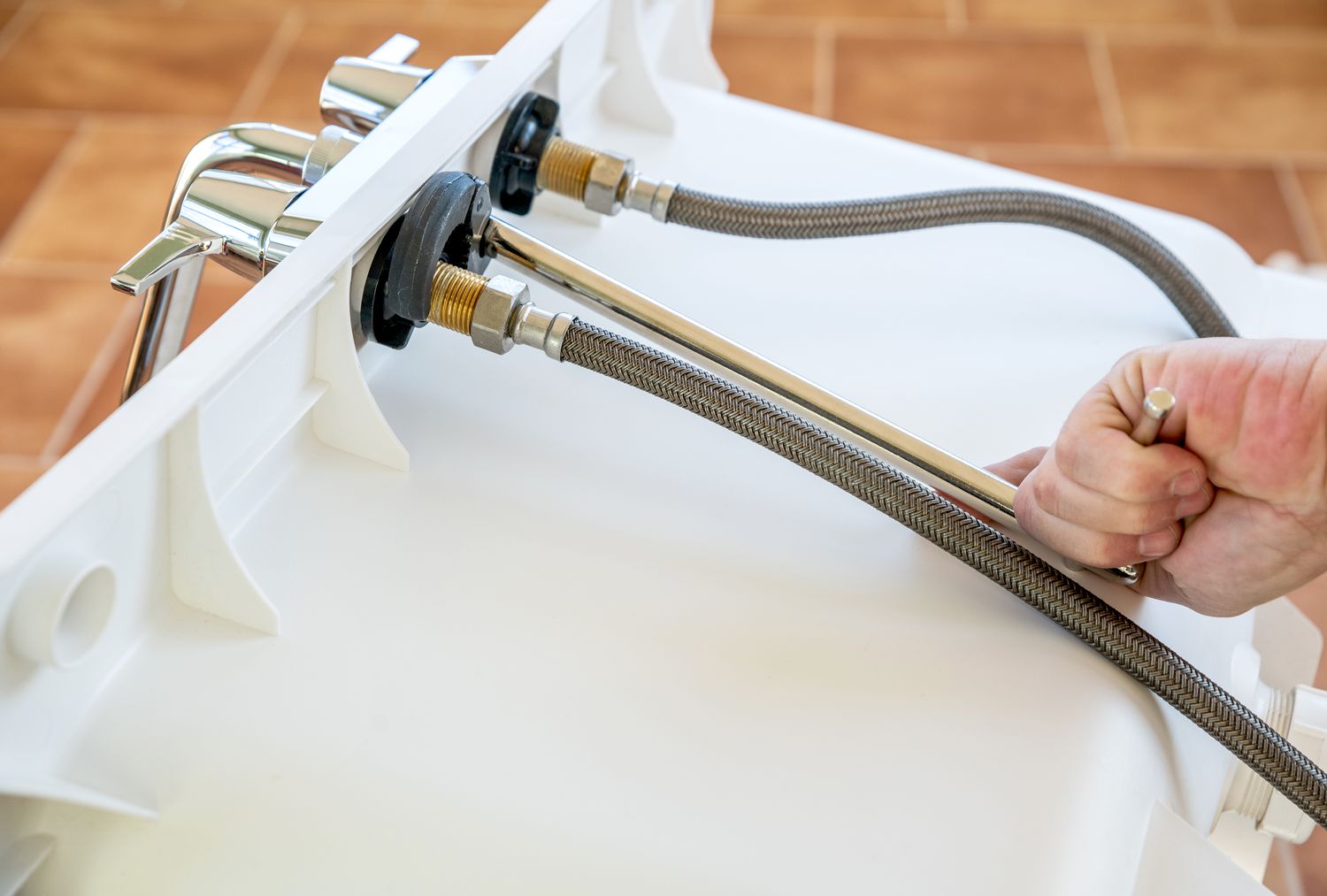
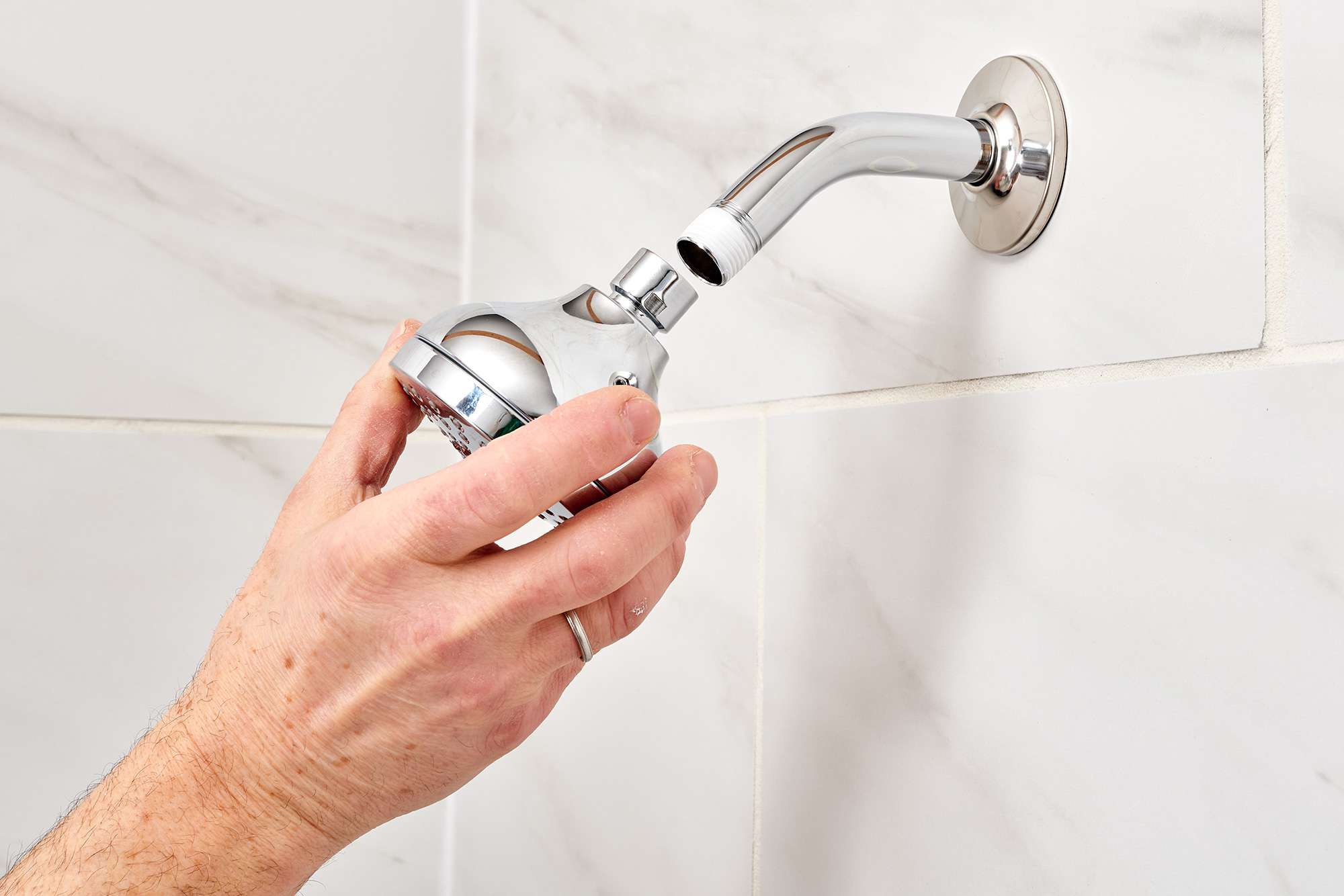
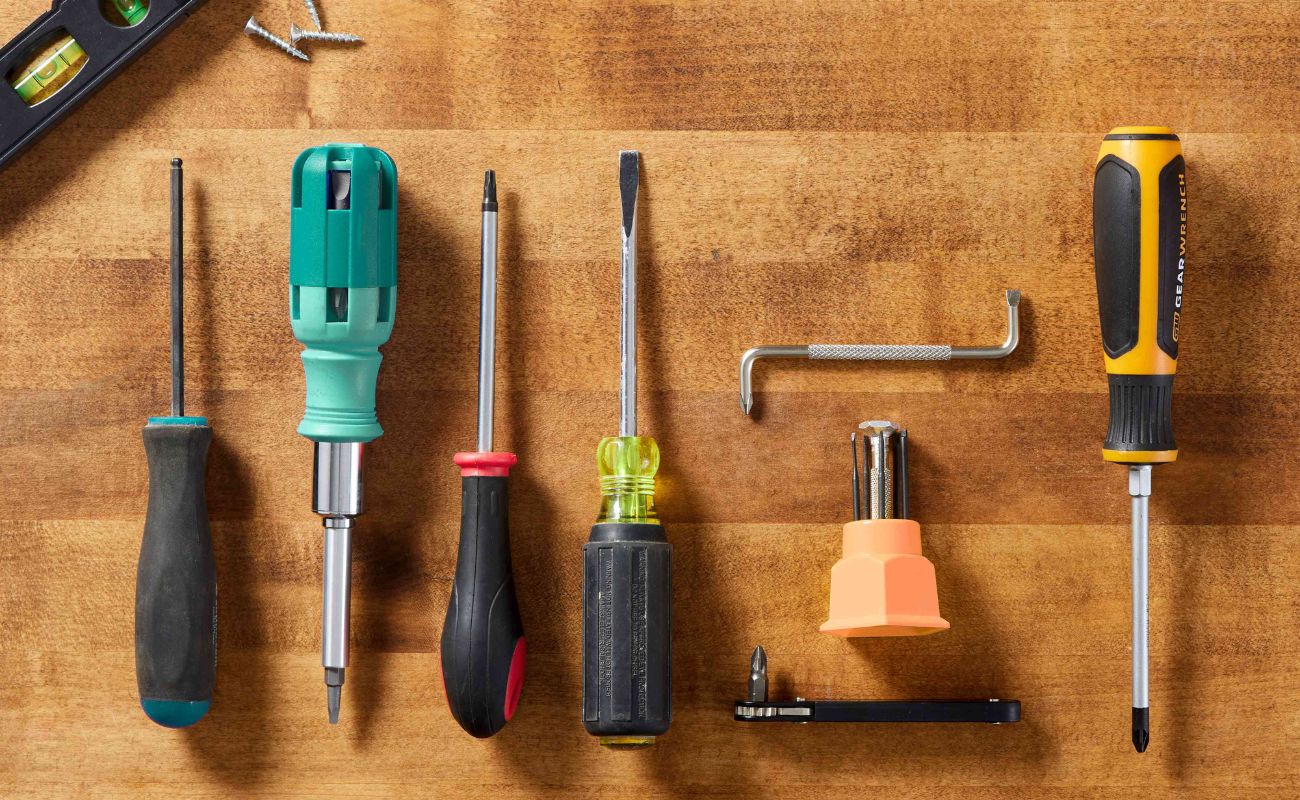
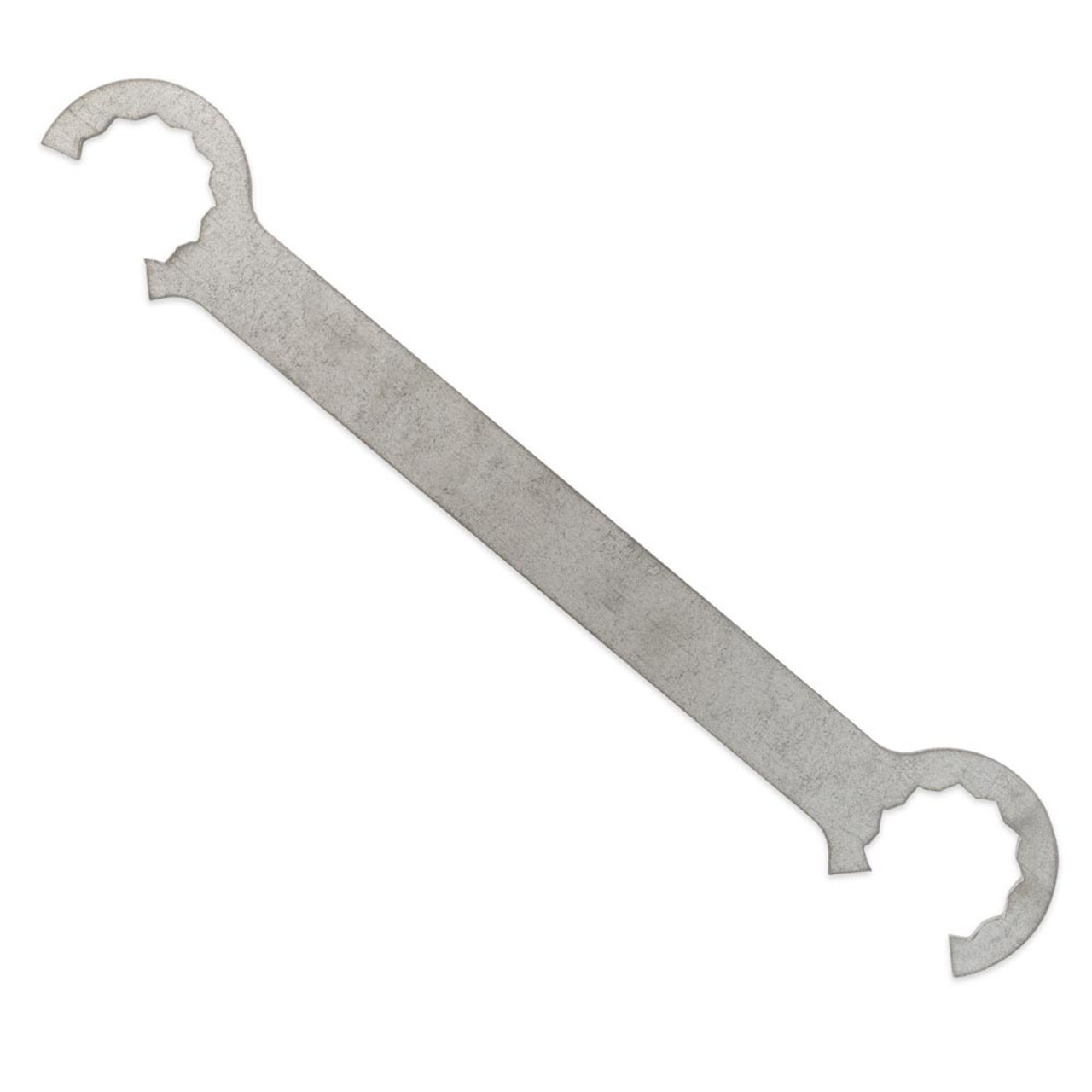
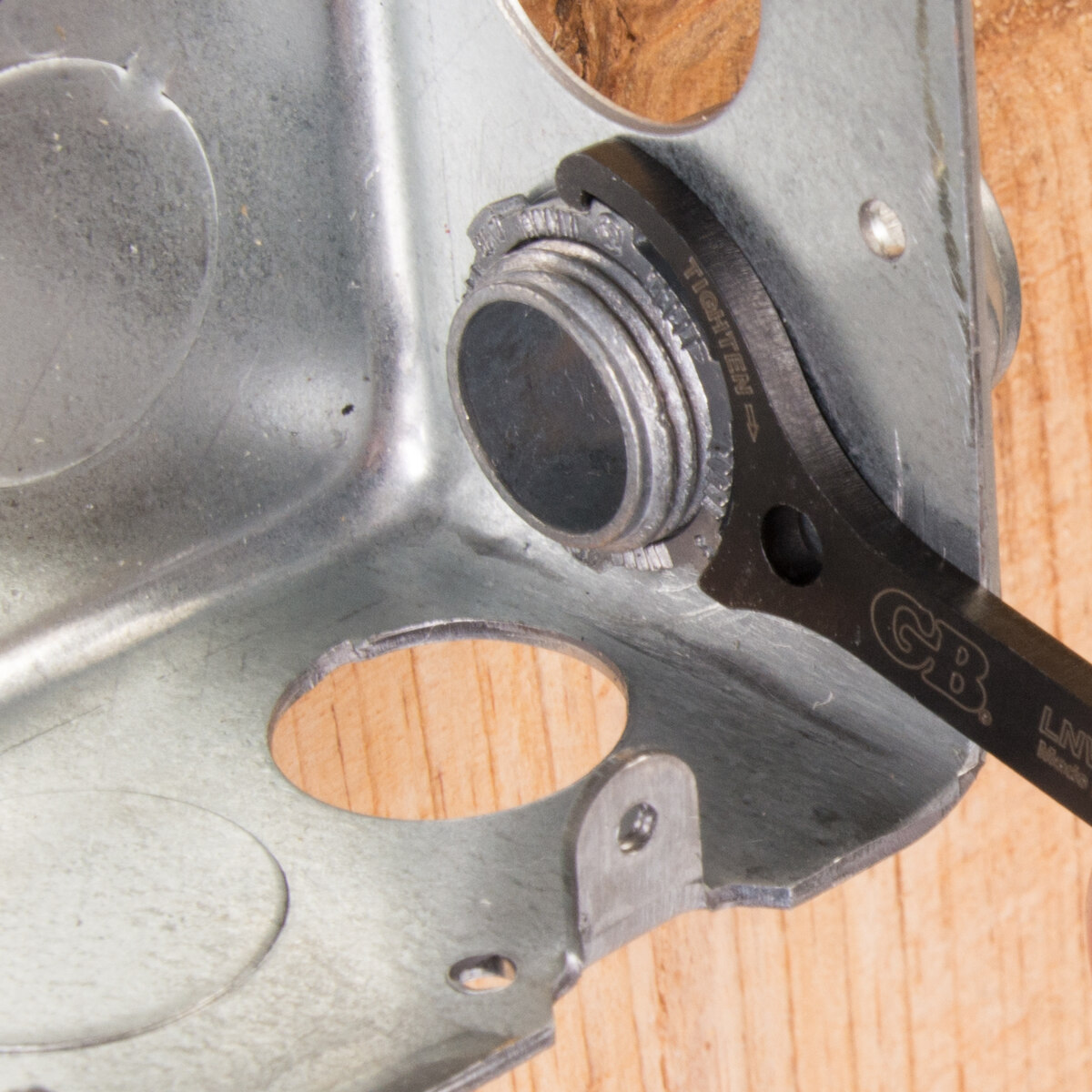
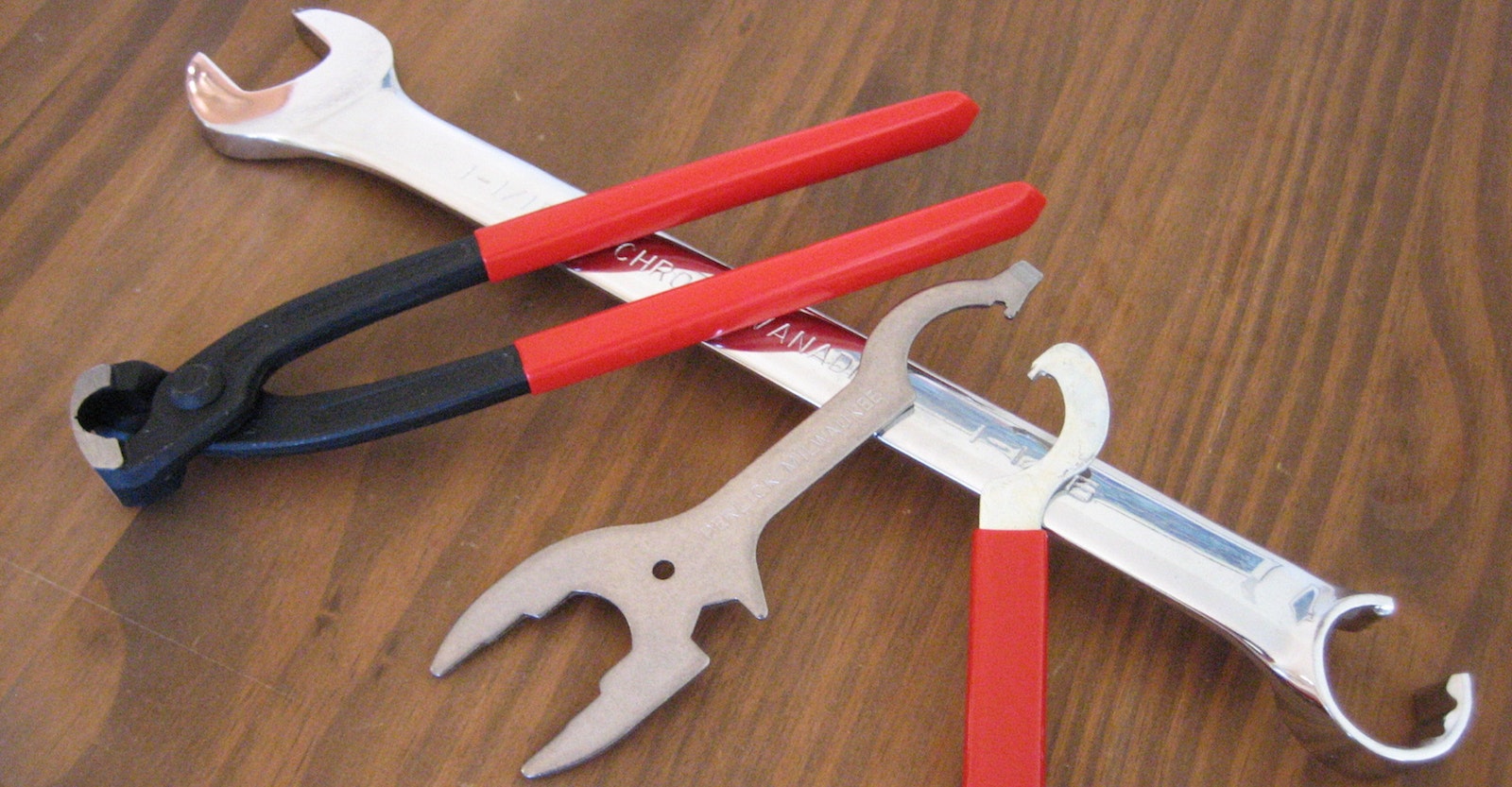
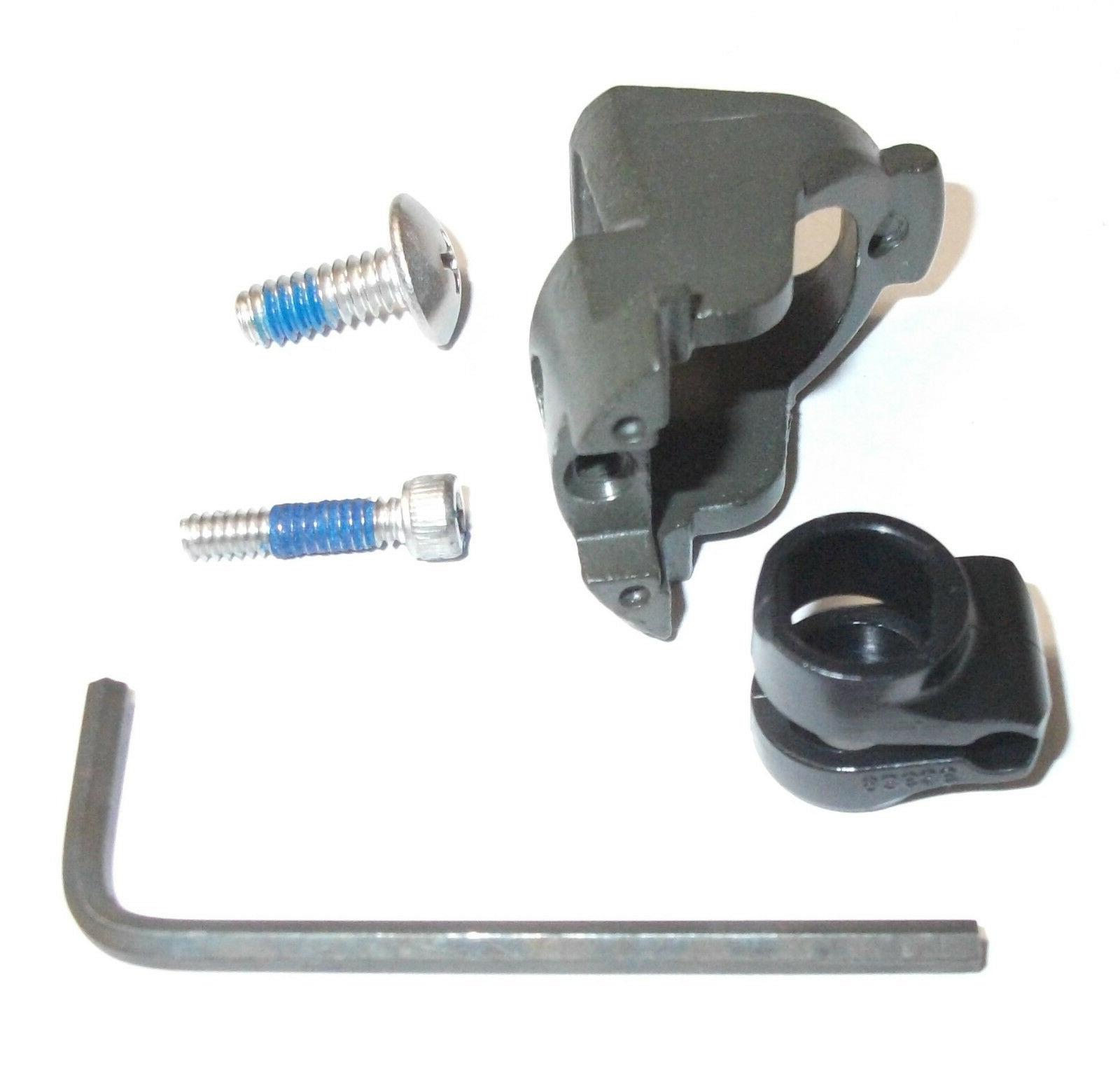





0 thoughts on “How To Store Wrenches”